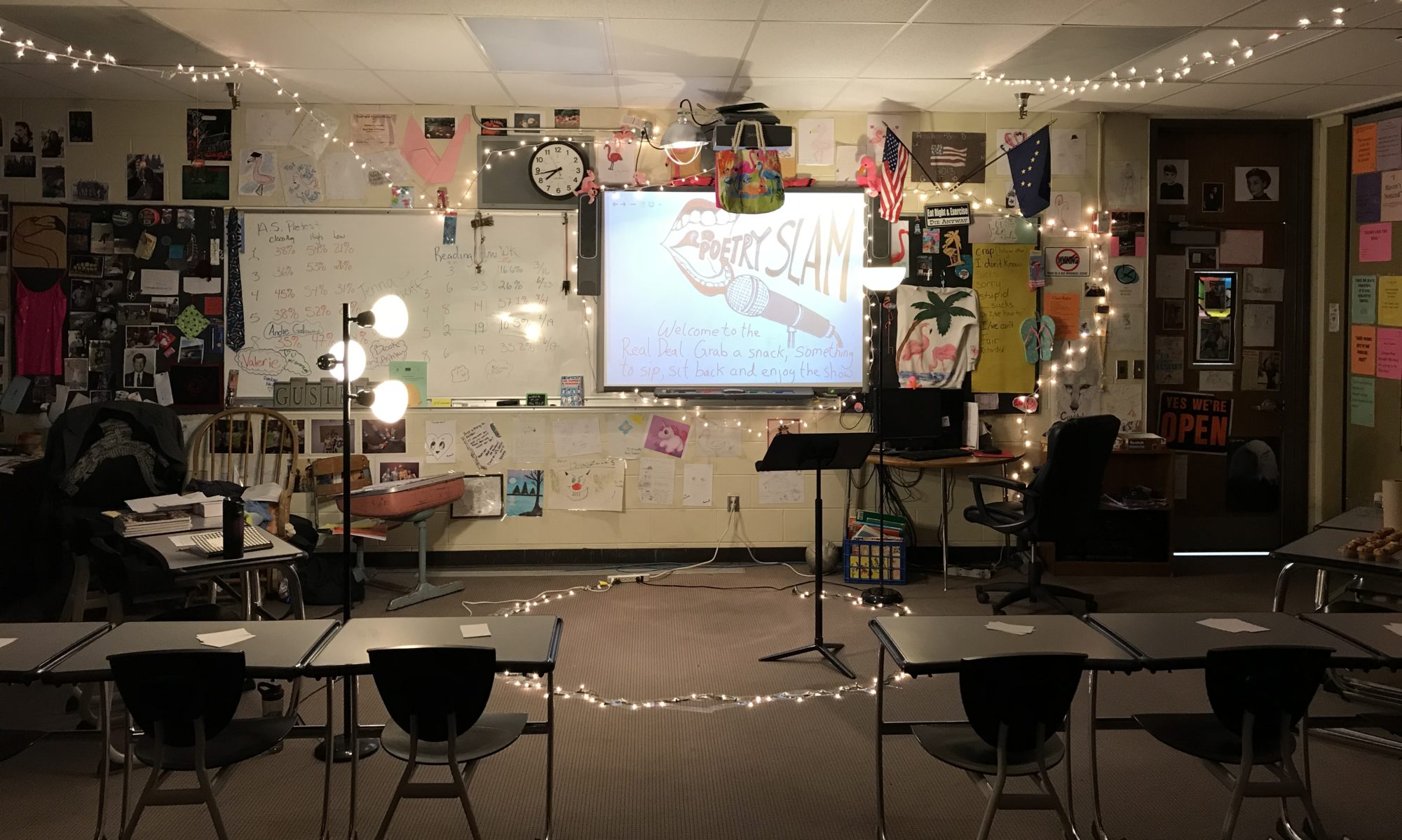Social Studies can be defined as a critical examination of the framework of our society. This frame touches internal forces (such as psychology), and external forces (such as political economy). It is a field of scientific exploration that makes hypotheses, gathers evidence, and develops theories of understanding. Elementary and middle school standards focus on the history and geography sub disciplines. For the past 100 years, that instruction has been focused on rote memorization of dates and state capitals (Lesh, 2011).
Today’s students of history conduct contextual investigations to decide for themselves what happened. Teams build their case by combing through primary source texts for evidence and subtext. Engaging performance tasks challenge students to create speeches, infographics, or artwork based on what they learned. This pedagogy is aligned with national content standards to practice skills like thinking chronologically, understanding causality, and inferring from a limited perspective (NCSS, 1996). The end goal: that students learn to care about the truth and practice finding it through historical inquiry.
We are all born into boxes of constrained perspective and experience. Social studies curriculum should be designed to give students a wider view of the world (Loewen, 2009). Alaskan students grow up in a state that has been transformed by the petroleum industry, so I have included in this portfolio a middle school unit to investigate the history of the Trans Alaska Pipeline System (TAPS). By researching the creation of the TAPS, students can begin to understand the political and economic ecosystem of our community and others like it.
This unit puts students in contact with the history that has shaped the lives of their friends and family. Students investigate and report back on their own family’s history to build a classroom understanding of the pipeline. This inquiry-based learning allows students to construct the understanding necessary for deeper learning (Harvey, 2007).
I am very flexible with how students share their research. Students can create charts, graphs, timelines and maps to build visual information literacy (Moline, 2012); student teach-backs, debate and roleplays showcase their speech skills; technology platforms like PowerPoint, VoiceThread, and weblogs are essential 21st century tools. Students who are comfortable using these platforms will become influencers. They allow students to use their knowledge of Alaska’s past to help shape its future.
References
Harvey, S. (2007). Strategies That Work: Teaching Comprehension for Understanding and Engagement. Portland, ME: Stenhouse Publishers
Lesh, B. (2011). “Why Won’t You Just Tell Us the Answer?”: Teaching Historical Thinking in Grades 7-12. Stenhouse Publishing.
Levstik, L. S., & Barton, K. C. (2005). Doing History: Investigating With Children in Elementary and Middle Schools. Mahwah, NJ: Lawrence Erlbaum Associates Incorporated.
Loewen, J. W. (2009). Teaching What Really Happened: How to Avoid the Tyranny of Textbooks and Get Students Excited About Doing History (Multicultural Education Series). Teachers College Press.
Moline, S. (2012). I See What You Mean (Second Edition): Visual Literacy K-8. Stenhouse Publishing.
NCSS. (2017, April 26). National Curriculum Standards for Social Studies: Introduction. Retrieved May 03, 2017, from http://www.socialstudies.org/standards/introduction

